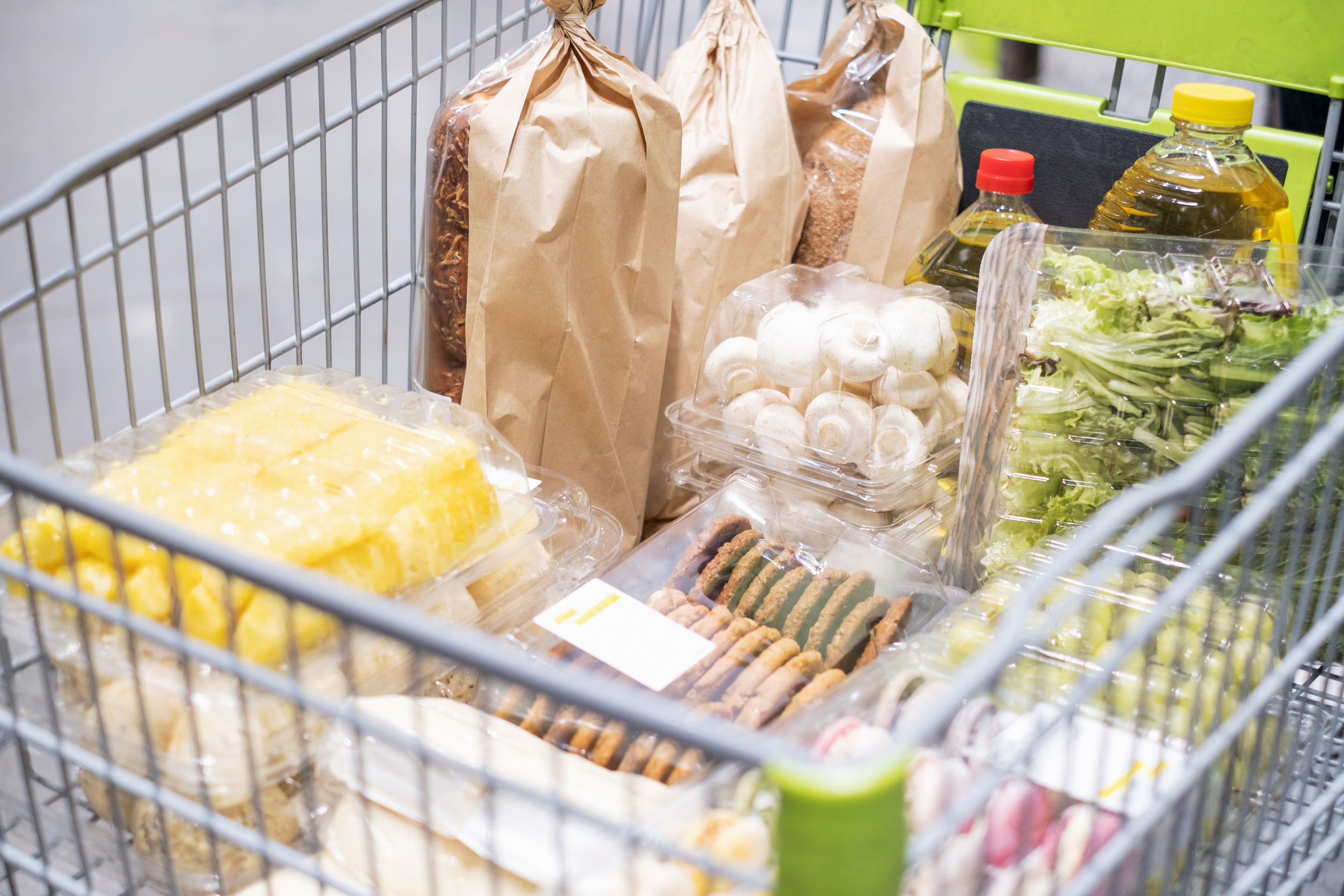
Image Source: 123rf.com
Grocery shopping should be simple—grab your list, check the prices, and head to the checkout. But behind the scenes, some grocery store practices are raising serious red flags. From deceptive pricing to sneaky shrinkflation, investigations are shining a light on questionable tactics that might be costing shoppers more than they realize. Regulatory agencies and watchdog groups are now looking closely at how certain stores operate. Here are six grocery store practices currently under investigation—and why you should pay attention before your next shopping trip.
1. Price Scanning Errors at Checkout
One of the most common complaints among shoppers involves inaccurate pricing at checkout. Items listed on the shelf as discounted often scan at full price, and most customers don’t notice until it’s too late. This practice is under investigation in several states where retailers are required to honor shelf prices. Some stores blame outdated systems or human error, but regulators aren’t buying it. Among grocery store practices, price scanning mistakes are not only frustrating—they may be illegal.
2. Shrinkflation Without Disclosure
Shrinkflation is the process of reducing product size while keeping the price the same—or even increasing it. Think cereal boxes with less content or chip bags filled with more air than food. While not illegal, failing to clearly inform customers about these changes may violate consumer protection laws. Investigators are currently reviewing whether certain brands and grocery chains are misleading shoppers. This is one of the more subtle grocery store practices that can hurt your wallet without you even realizing it.
3. Loyalty Program Price Discrimination
Many stores now offer two prices: one for regular customers and a lower one for loyalty card members. While this might seem like a reward system, critics argue it creates an unfair pricing structure—especially for seniors or those without smartphones. Investigations are underway to determine whether this practice violates anti-discrimination laws in certain jurisdictions. Some states are pushing for legislation that would require consistent pricing for all shoppers. Of all the grocery store practices under scrutiny, this one hits directly at how fair pricing really is.
4. Mislabeling Organic or Local Products
Consumers are willing to pay more for organic or locally sourced food—but what happens when those labels aren’t accurate? Multiple retailers have come under fire for misrepresenting where their produce or meats actually come from. In some cases, “local” labels were applied to items shipped from hundreds of miles away. Investigators are examining whether stores are falsely advertising to boost profit margins. Mislabeling is one of the more deceptive grocery store practices, and it can erode trust quickly.
5. Dynamic Pricing Based on Location or Time
Some grocery chains have adopted dynamic pricing models, changing prices based on location, time of day, or even customer behavior. While this technology is common in online shopping, its use in brick-and-mortar stores is raising eyebrows. In urban stores, for example, the same item may cost more than it does in suburban locations just a few miles away. Regulators are now investigating whether this practice unfairly targets lower-income communities. This modern twist on old grocery store practices may become a major controversy if proven discriminatory.
6. Expired Goods with New Labels
In a push to reduce waste and maximize profit, some stores have been caught relabeling expired goods with new sell-by dates. While rotating stock is standard, repackaging expired meat or dairy crosses a legal and ethical line. Health departments and consumer safety agencies are actively investigating these incidents, particularly in smaller, independently owned stores. Customers deserve transparency about what they’re buying and consuming. Among the riskiest grocery store practices, this one can pose a real threat to public health.
Why These Practices Matter More Than You Think
Many of these questionable grocery store practices go unnoticed by busy shoppers—but they add up. From paying more than you should to risking your health, these behind-the-scenes tactics affect millions of households. As investigations continue, stores may be forced to become more transparent and accountable. In the meantime, consumers need to stay sharp: check receipts, compare labels, and don’t be afraid to speak up when something feels off. Awareness is the first step in protecting your pocket and your health.
Have you experienced shady pricing or labeling at your grocery store? Share your story in the comments—we want to hear how these practices have affected you
Read More

